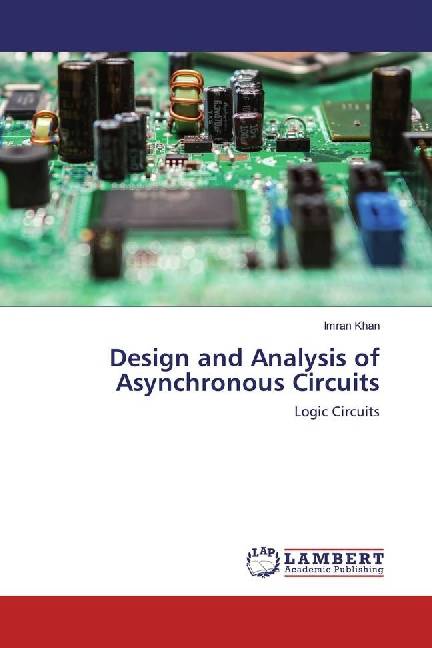
- Afhalen na 1 uur in een winkel met voorraad
- Gratis thuislevering in België vanaf € 30
- Ruim aanbod met 7 miljoen producten
- Afhalen na 1 uur in een winkel met voorraad
- Gratis thuislevering in België vanaf € 30
- Ruim aanbod met 7 miljoen producten
Zoeken
€ 49,45
+ 98 punten
Omschrijving
Unlike synchronous circuits, in asynchronous sequential circuit, the state changes occur in direct response to the change in input signal and different memory elements can change their state at different times. So, sometimes an asynchronous sequential circuit may become unstable. Due to this instability problem, designing of asynchronous circuits is difficult than synchronous circuits. However asynchronous circuits have the potential to be faster, and may also have advantages in lower power consumption, lower electromagnetic interference, lower noise and better modularity in large systems. Asynchronous circuits are an active area of research in digital logic design. The book begins with types of logic circuits. Different types of clocked storage elements are reviewed in this book. This book describes analysis of asynchronous sequential circuits with logic gates as well as SR latches. Designing of asynchronous sequential circuits with logic gates as well as SR latches is also explained with examples.
Specificaties
Betrokkenen
- Auteur(s):
- Uitgeverij:
Inhoud
- Aantal bladzijden:
- 116
- Taal:
- Engels
Eigenschappen
- Productcode (EAN):
- 9783659396489
- Uitvoering:
- Paperback
- Afmetingen:
- 150 mm x 220 mm

Alleen bij Standaard Boekhandel
+ 98 punten op je klantenkaart van Standaard Boekhandel
Beoordelingen
We publiceren alleen reviews die voldoen aan de voorwaarden voor reviews. Bekijk onze voorwaarden voor reviews.







